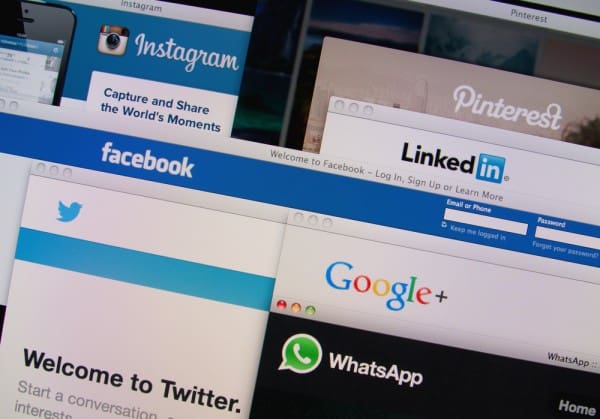If only Dorothy hadn’t looked behind the curtain. She would never have realized just how powerless the Great and Powerful Wizard of Oz really was; she would never have seen through his theatrics. But she did. And there was nothing there but a man.
Though she certainly doesn’t qualify as a millennial, Dorothy may as well have been the first of us.
Millennials have seen behind the curtain. Even more, now they speak our (marketing) language. Because of the rise of social media and the increasing need to control an image which is accessible to anyone with an internet connection, young consumers have learned how to manage brands – in this case, their personal brands. They are meticulous about what sort of personal content they generate, spending time filtering and editing what they reveal about themselves on platforms like Facebook, Instagram, Twitter, LinkedIn, and even new ones like Youfolio, a platform for multimedia resume-building, which are only further enhancing millennials’ ability to curate their personal brands. It’s a skill they’ve developed in response to today’s fierce job market, where differentiation increasingly trumps certification and qualification.
What this means for companies is that millennials have become adept at identifying more quickly and skillfully when they’re being targeted by corporate brands. Companies no longer have the market cornered on selling an image. Advertisers are finding it necessary to ensure that their advertisements and promotions are authentic (or, at the very least they’re having to work harder to make them seem authentic). This was a word that came up a number of times in the sessions I attended at Advertising Week – “authenticity.” And, as many speakers there noted, the best way to add authenticity to an advertising campaign is for it to genuinely be authentic.
Ad campaigns in the past have attempted to create a sense of authenticity in ways that ultimately devalued “the venerable principles they were meant to reflect. And ‘authentic’ morphed into ‘inspired by authentic things’ — in other words, things that are blatantly inauthentic, like ‘vintage’ rock T-shirts.” So argues Linda Ong, president of Truth Consulting, in a recent AdAge article. As she notes, this sort of faux-realism just comes across as pandering now; like a knock-off of the genuine article.
How can a company make itself and its products authentic in a way that will appeal to savvy millennials? Ong suggests that a company “needs to understand the culture. …Culture, like a brand, is a living, breathing ecosystem that requires constant monitoring and evaluation as it adapts and changes. When your brand is able to answer “Why now?” at any point in time, you’ll be positioned to be a relevant, authentic and influential part of the culture.” Responding to the market’s desires authentically requires a deep knowledge of culture and of self (in the corporate sense). Only then can you and your team seize the opportunities in the marketplace for carrying out your corporate mission authentically.
So remember: They speak our language. We cannot rely on tricks to market to our ever-more-intelligent consumers. They know when a brand is a Wizard of Oz-style hoax; when there’s nothing real behind the curtain of zeitgeist-appropriate slogans and images. To effectively market to millennials, there must be substance in your style. When your consumer has such an acute sense of fakery, nothing will do but real, honest-to-goodness authenticity.

